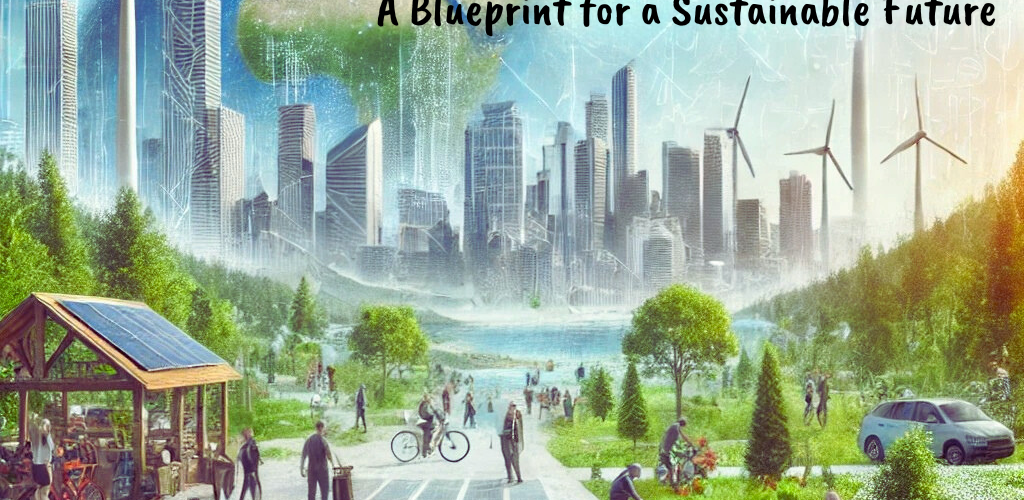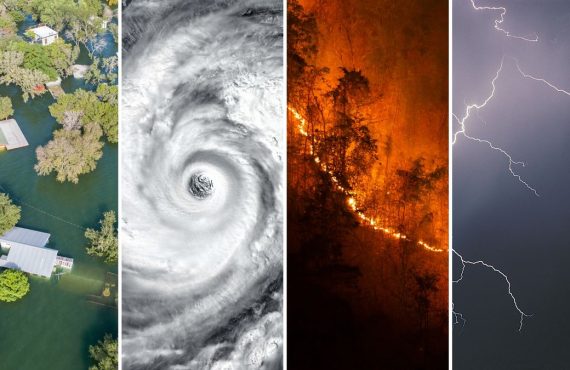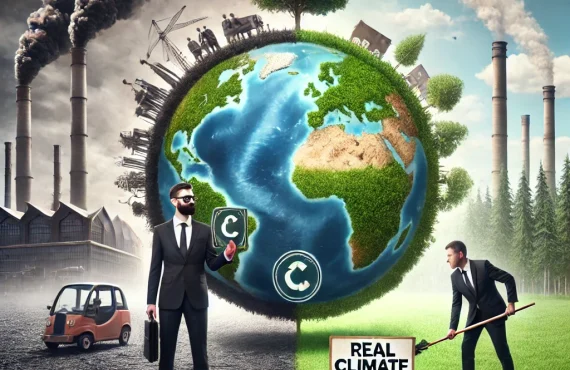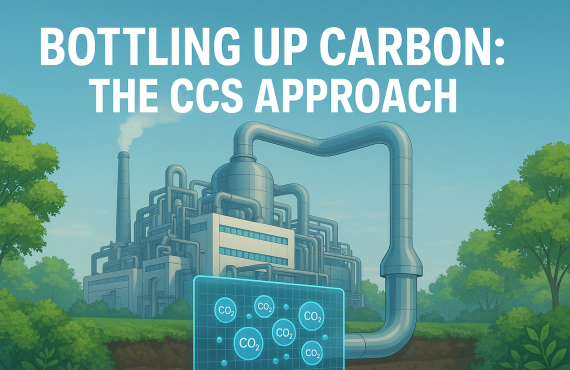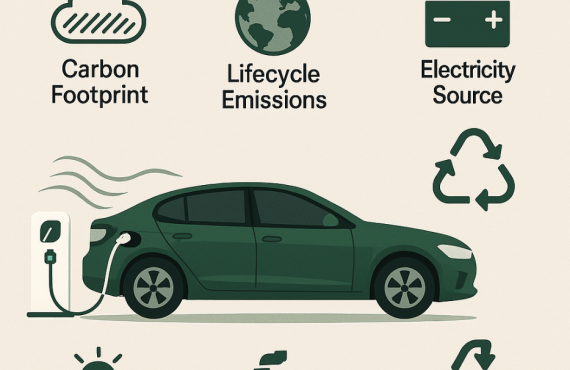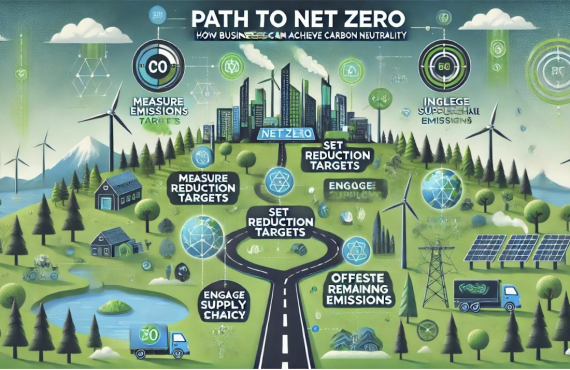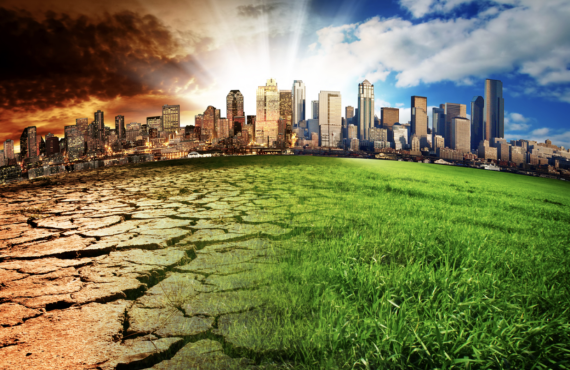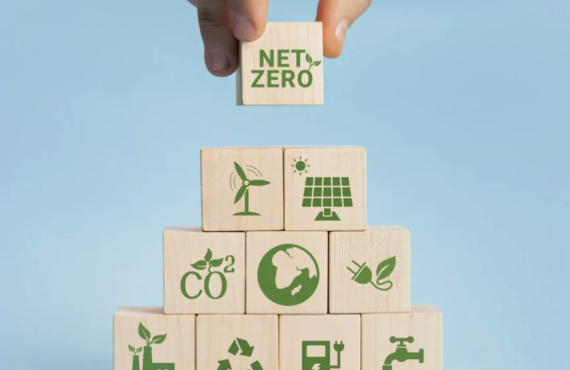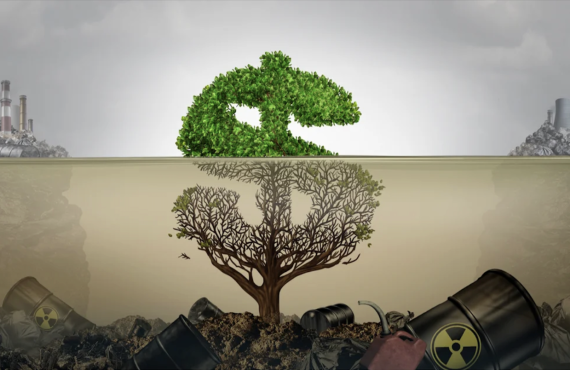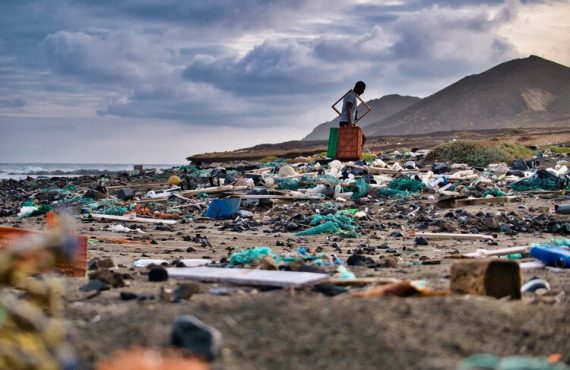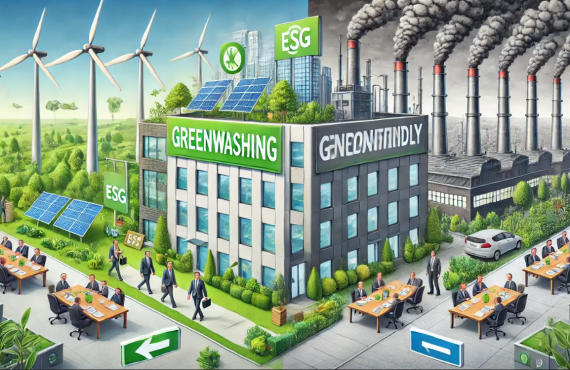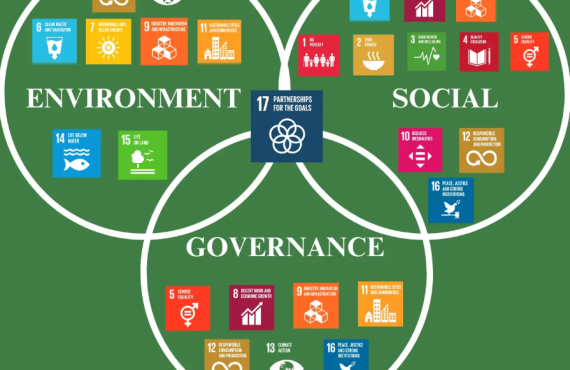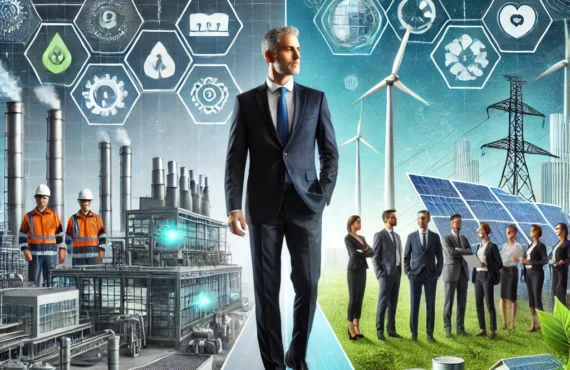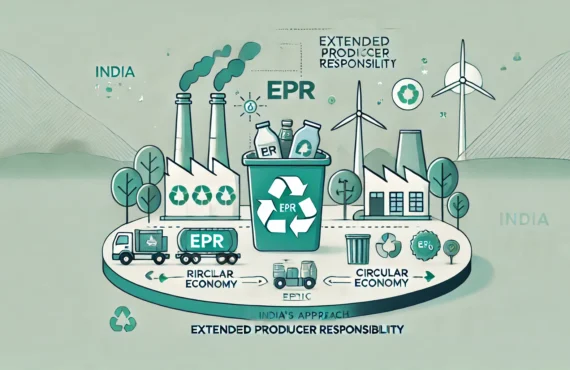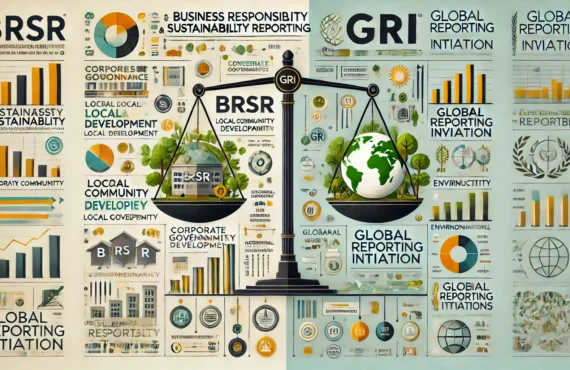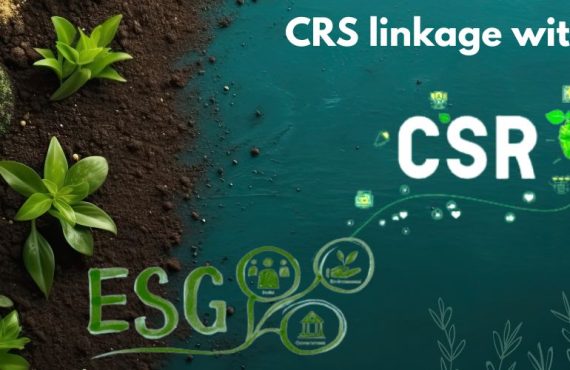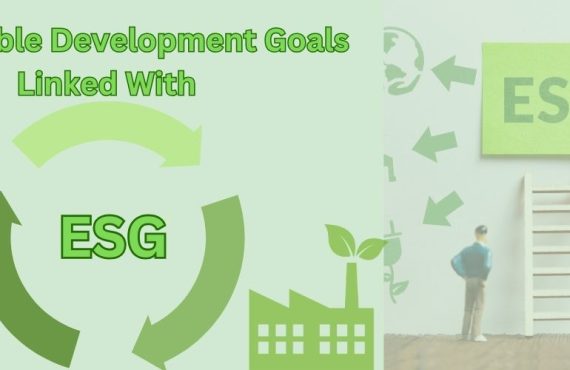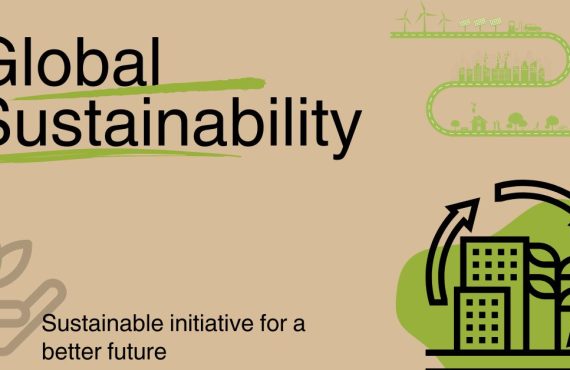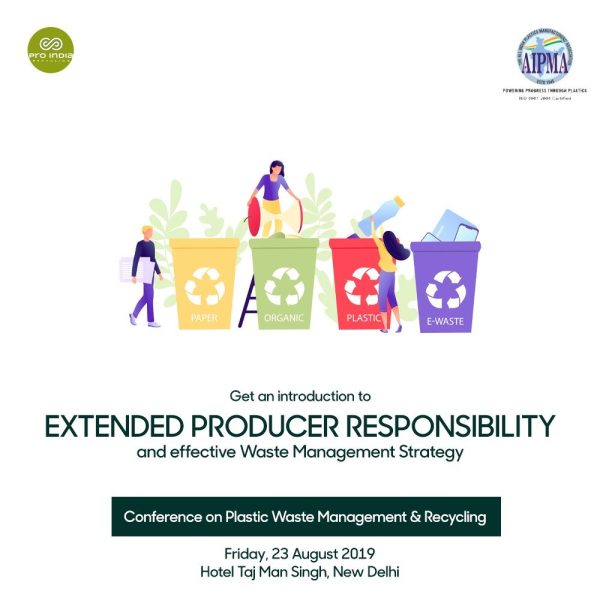Introduction: Rewriting the Climate Code
Climate change is no longer a distant threat, it’s an urgent reality that demands immediate action. With rising global temperatures, extreme weather events, and widespread environmental degradation, the need for a comprehensive solution has never been more critical. But what if we could rewrite the climate code, creating a sustainable roadmap that will safeguard our planet for future generations?
In this blog, we’ll explore how rewriting the climate code isn’t just a theoretical exercise-it’s a call to action. We’ll discuss practical strategies, innovative solutions, and the collective effort required to create a more sustainable world for all.
1: The Need for Change
The current state of our planet paints a grim picture. Rising global temperatures, extreme weather patterns, biodiversity loss, and ecosystem destruction are just a few of the many consequences of climate change. These issues not only threaten our environment but also our economies, health, and quality of life.
The Consequences of Inaction
- Rising Temperatures: Global temperatures have increased by approximately 1°C since the late 19th century, and the pace of warming is accelerating.
- Extreme Weather Events: Wildfires, floods, hurricanes, and droughts are becoming more frequent and severe, causing widespread devastation.
- Biodiversity Loss: Ecosystems are being destroyed at an alarming rate, with many species facing extinction due to habitat loss and climate change.
- Economic Costs: The financial toll of climate-related disasters is staggering, with global economic losses estimated to be in the trillions by the end of the century if no action is taken.
The urgency of addressing climate change cannot be overstated. Without a clear strategy to rewrite the climate code, we risk irreversible damage to the planet and its inhabitants.
2: Innovative Solutions for a Sustainable Future
Rewriting the climate code requires innovative solutions that focus on both prevention and adaptation. These strategies harness the power of technology, policy, and human ingenuity to create a sustainable future.
- Transitioning to Renewable Energy
One of the most powerful solutions to combat climate change is the widespread adoption of renewable energy sources like solar, wind, and hydropower. By shifting away from fossil fuels and toward clean energy, we can significantly reduce carbon emissions and help stabilize global temperatures. - Embracing Sustainable Agriculture
Agriculture is a major contributor to climate change, with deforestation, greenhouse gas emissions, and unsustainable farming practices exacerbating the problem. However, sustainable agricultural practices—such as regenerative farming, agroforestry, and precision agriculture—can help mitigate the impact while feeding the world’s growing population. - Advancing Climate Technology
Innovation in climate technology, such as carbon capture and storage (CCS) and AI-driven climate modeling, is opening new possibilities for addressing the climate crisis. These technologies have the potential to capture and neutralize carbon emissions, leading to significant reductions in atmospheric CO2 levels. - Implementing Circular Economy Practices
A circular economy focuses on reducing waste by reusing, recycling, and repurposing materials. By transitioning to a more circular model, businesses can reduce their carbon footprint, lower resource consumption, and drive long-term sustainability. - Promoting Electric Transportation
The transportation sector is one of the largest contributors to greenhouse gas emissions. The adoption of electric vehicles (EVs), coupled with the expansion of charging infrastructure, can help reduce emissions while providing cleaner and more efficient alternatives to conventional vehicles.
3: The Role of Policy and Global Collaboration
While technological solutions are crucial, they are only part of the equation. Governments, international organizations, and businesses must collaborate to create and implement policies that drive real, lasting change.
- Global Climate Agreements
The Paris Agreement stands as a landmark international treaty aimed at limiting global warming to well below 2°C, with the ultimate goal of limiting it to 1.5°C. It calls for collective action from governments, businesses, and individuals to cut carbon emissions and invest in climate resilience. - National and Local Policies
Countries must adopt ambitious climate policies that promote renewable energy, sustainable agriculture, and carbon emissions reductions. At the local level, cities can implement green building codes, invest in public transit, and encourage sustainable urban development. - Corporate Responsibility
Businesses have a crucial role to play in the climate action movement. By committing to sustainability and reducing their carbon footprint, companies can lead by example and drive global change. Many businesses are already embracing green initiatives, such as adopting renewable energy, reducing waste, and investing in sustainable supply chains. - Public-Private Partnerships
Collaboration between governments, private companies, and non-profit organizations is essential to developing scalable solutions to climate change. Public-private partnerships can drive innovation, fund research and development, and accelerate the deployment of sustainable technologies.
Section 4: Actions You Can Take Today
While global change requires systemic transformation, every individual can make a meaningful difference by taking action today. Here are some steps you can take to contribute to rewriting the climate code:
- Reduce Your Carbon Footprint
Make small changes in your everyday life, such as using energy-efficient appliances, driving less, and reducing waste. By making sustainable choices, you can reduce your personal carbon emissions. - Support Sustainable Businesses
Choose products and services from companies that prioritize sustainability. Supporting green businesses encourages more companies to adopt eco-friendly practices. - Advocate for Climate Action
Use your voice to advocate for policies that promote sustainability. Whether through voting, contacting policymakers, or supporting climate-focused organizations, your advocacy can help drive change at the local, national, and global levels. - Invest in Green Technology
If you’re in a position to invest, consider supporting green technologies and sustainable companies. Your investment can help fund innovations that drive the transition to a sustainable future.
Conclusion: Building a Sustainable Future Together
Rewriting the climate code is not just about technological advancements or government policies-it’s about collective action. Every person, business, and government has a role to play in shaping a more sustainable future. By embracing innovative solutions, adopting sustainable practices, and working together across borders, we can rewrite the climate code and build a brighter future for generations to come.
The time to act is now. Let’s take the steps needed to protect our planet and ensure a sustainable future for all.


